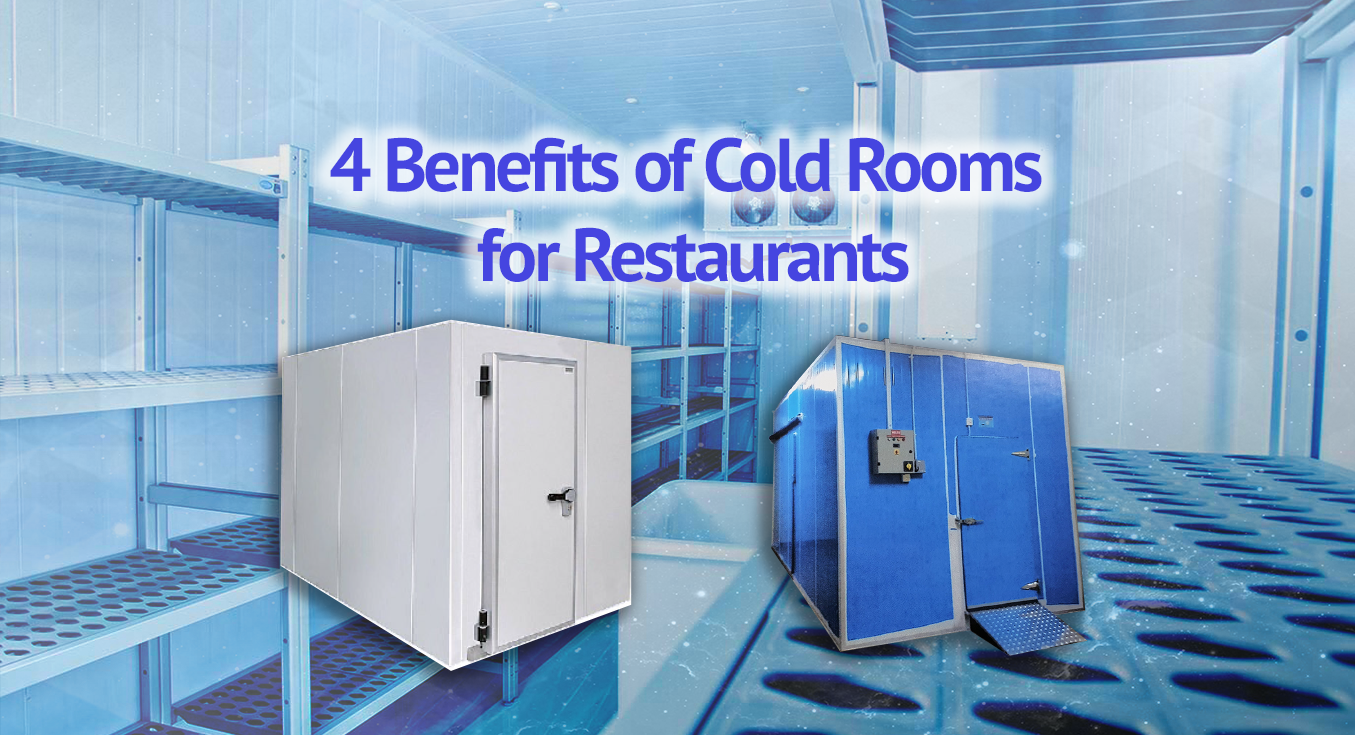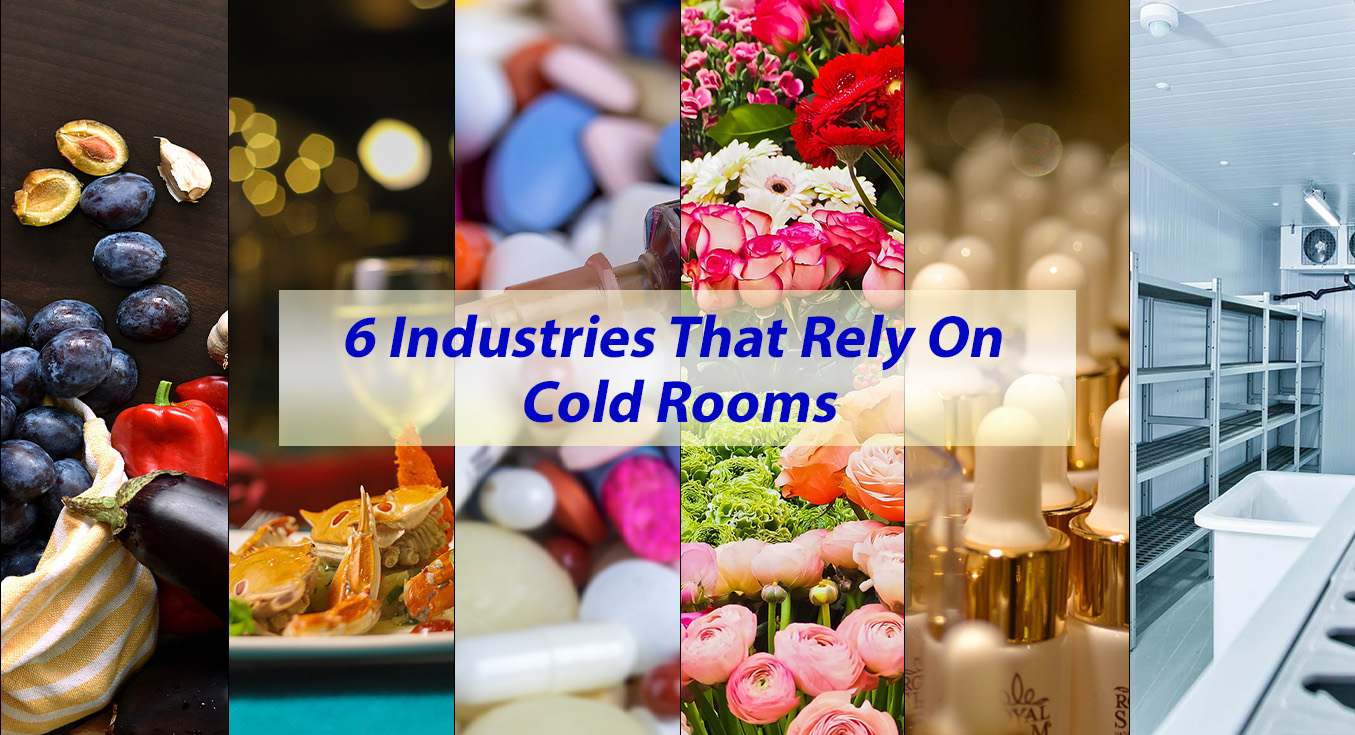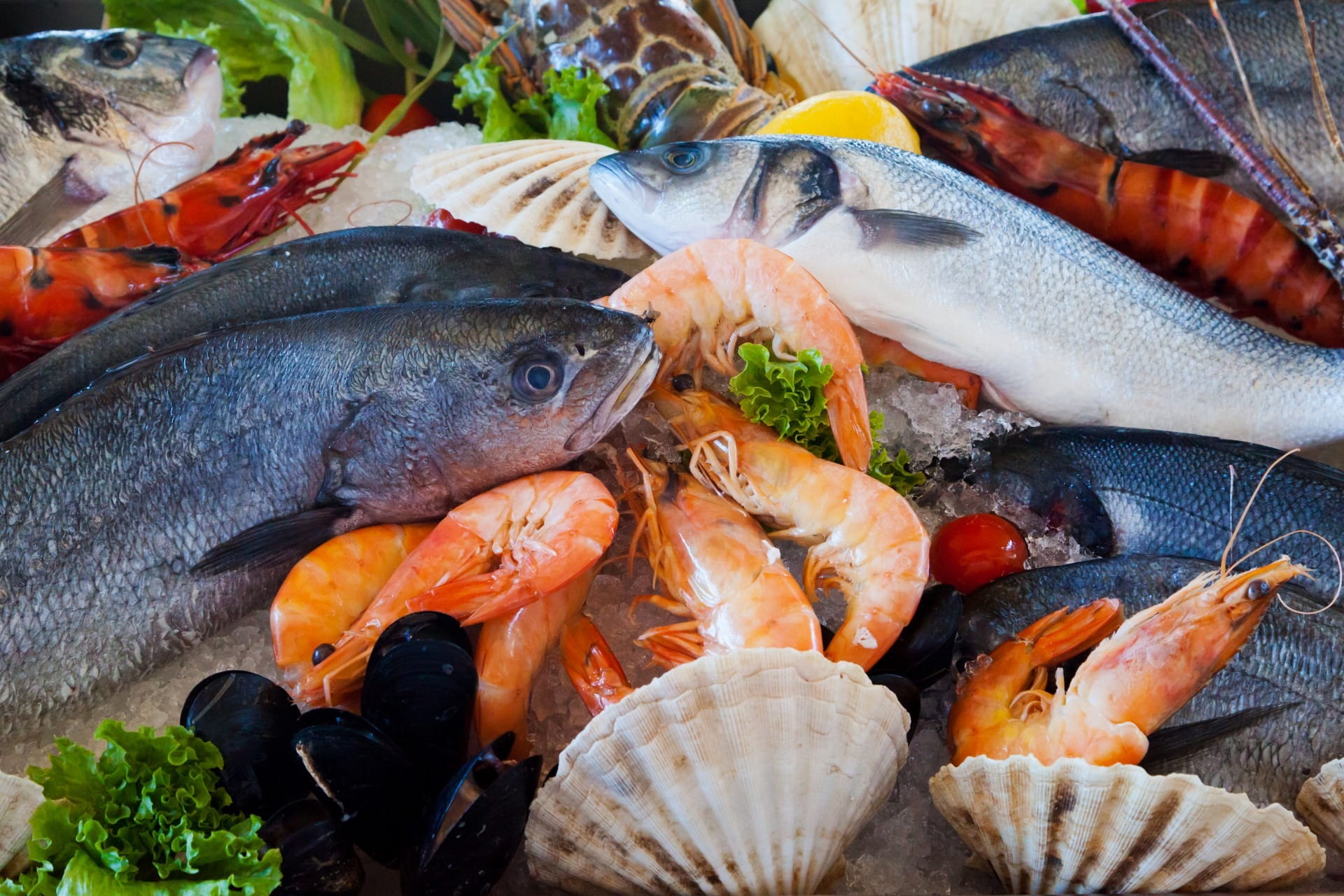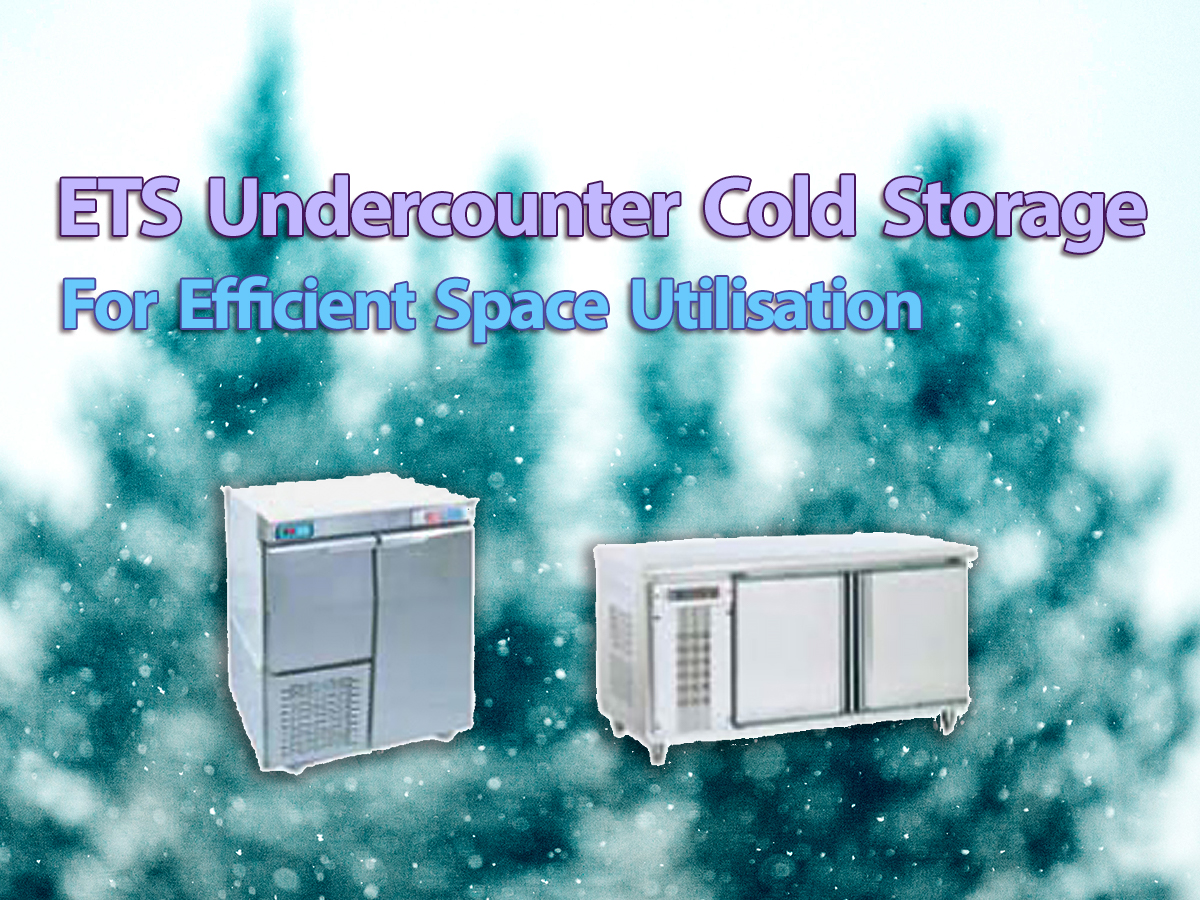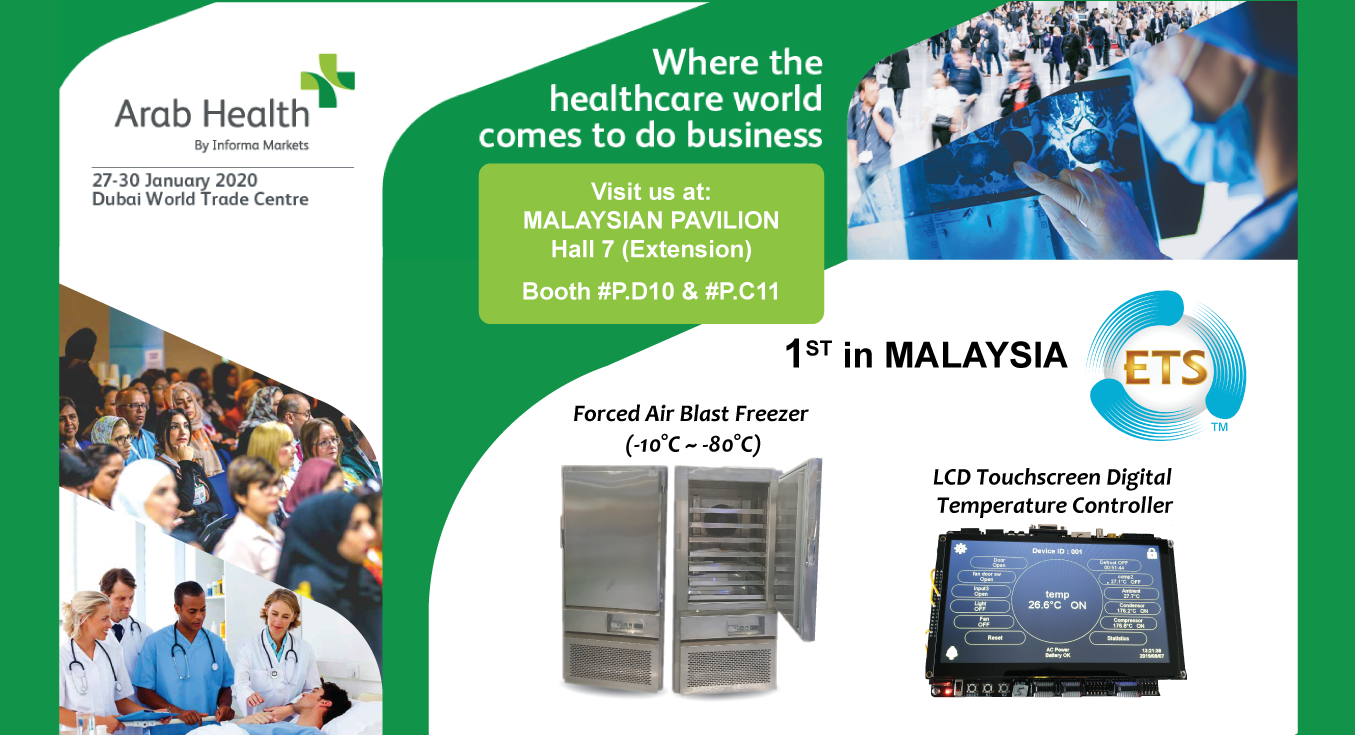It might come as a surprise to know how much of an impact cold rooms have on saving lives.
Each year, an estimated 600 million people – almost 1 in 10 people worldwide – fall ill after consuming contaminated food. While symptoms can be as light as nausea and muscle aches, some 420,000 people die every year from food-borne illnesses.
At least USD $110 billion is lost each year in terms of productivity and medical expenses as a result of unsafe food in low and middle-income countries. Food safety is important not only for the general health of a country’s people, but also affects its economic development, social stability, and the government’s and country’s image.
The concept of farm-to-fork food safety is well-established in the food industry, emphasising that food safety should begin from when raw foods are just being produced until the finished product reaches the consumer. This concept concentrates on the fact that food safety hazards can occur at any point in the food supply chain.
Therefore, each member of the food supply chain has an important and invaluable role to play in maintaining the food safety concept and process. In fact, food safety is everyone’s responsibility.
For food business owners, it is vital that you do your part in maintaining food safety and avoid contamination.
Read on to know how a cold room can help restaurants to regulate their food and keep it safe from contamination.
1. Keeping Food Fresh
The main benefit of cold rooms is to keep whatever food it is storing, fresh.
Restaurants may have all kinds of ingredients such as meats, cheeses and fresh produce, that require low temperatures to ensure they don’t spoil or rot. This also applies to butchers and fishmongers who work with raw meats on a regular basis.
Meat and poultry that remain at room temperature for over two hours are not safe for consumption. When remaining at temperatures between 5°C and 60°C, bacteria begins to grow and the food becomes inedible. Even once cooked, meats and cheeses that have already spoiled remain at risk for food-borne illness.
2. Ensure Hygienic Storage
With the COVID-19 pandemic still at large, it is vital to ensure that food is stored in a hygienic and sanitary space. Compared to other refrigeration systems, cold rooms provide easier maintenance and are more likely to be cleaned thoroughly.
In addition, the airflow inside walk-in coolers is highly ventilated to ensure the air remains clean. The cooling vents also trap dust, debris, bacteria, and viruses to ensure that they are sucked from the air before food is prepared. This dramatically reduces the possibility of food contamination.
3. Meeting Government Regulations
It is not only the FDA that has strict regulations on food storage that must be met by all operating restaurants, cheese/fishmongers, butchers and food preparation factories. In fact, every country around the world has its own version of standards for maintaining control on food storage.
For example, the FDA standards include:
- Labelling, packaging, and inspection of all products to ensure that there is no rot or related damage
- Usage of FDA-approved food storage containers
- Perishable food storage at below 5°C
- Keeping an awareness of spoiled foods (as distributing them is grounds for a lawsuit)
- Refrigerating foods only until the sell-by date
In comparison, Malaysia’s Food Hygiene Regulations 2009 include:
- Separation of food items meant for storage, whether raw, or cooked and by their type
- Spacing of storage area for food items in order to avoid touching the walls or floors
- Practicing First In First Out (FIFO) method for food storage
- Special requirements for handling, storage, packing, delivery, and more, for specific food types
- Temperature guidelines for specific food types
Having a cold room meets the basic regulations for hygienic food storage.
4. Easily Accessible
Cold rooms are not only effective but are also easy to access. Installing a cold room is relatively easy and can be customised according to the budget which means that restaurants can begin operations and reap the benefits quickly. Cold rooms also have a high ROI over the long-term by keeping customers happy and healthy.
ETS COLD ROOMS
Our Cold Room Solutions are specifically designed to provide a controlled temperature environment across numerous applications which require a bigger capacity or space, including the packaging of food & beverages or medicines, stability storage, biological research, shelf life testing, and more.
The cold rooms/walk-in chillers can be made-to-order in accordance to requirements.
Contact us for a quote or to answer any questions you may have.

